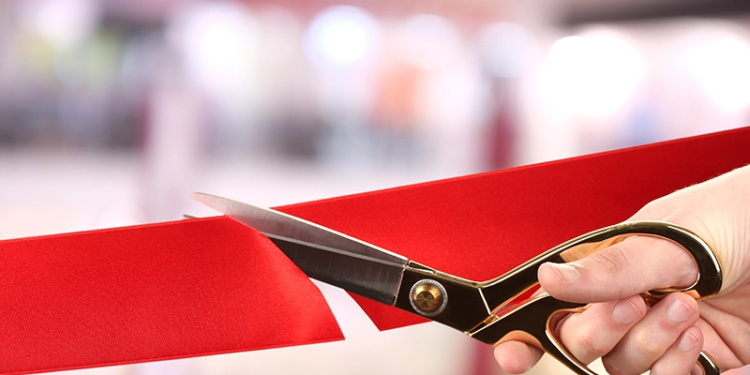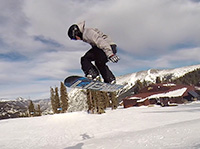
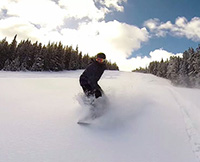
Hale uses the same prosthesis for sports and daily activities. A lift under the prosthetic heel provides a forward-lean position that allows snowboarding with a flexed knee while keeping the center of gravity over the board.
Photographs courtesy of Andrew Hale.
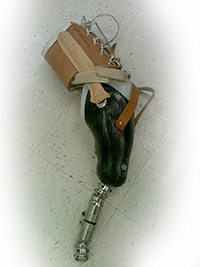
The previous prosthesis worn by a Vietnam War veteran included a thigh lacer, side joints to increase knee stability, and a series of couplings for proper alignment and flexion; however, these components substantially increased the weight of the prosthesis.
Photograph courtesy of
Bill Teague.
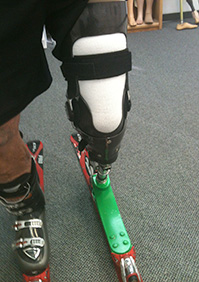
A knee orthosis fabricated around a cast impression of the patient’s prosthetic socket and thigh includes a lightweight carbon fiber frame. The orthosis provides mediolateral knee stability, eliminating the thigh lacer and side joints, reducing the weight of the device.
Photograph courtesy of
Bill Teague.
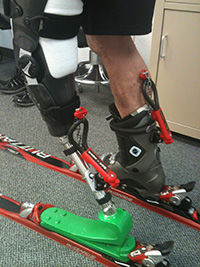
Teague’s patient uses the CADS system for skiing, which transfers weight from the upper body directly to the boot, relieving stress on the knees, hips, and back. The system uses a pelvic harness worn under ski pants, thick elastic bands, cords, and rods for both upward (lifting) and downward force.
Photograph courtesy of
Bill Teague.
With the arrival of winter snows, avid skiers and snowboarders, including some who have lower-limb amputations, flock to the mountains to enjoy the exhilarating rush of motion and freedom in settings of spectacular natural beauty. Prosthetists have used their creativity and expertise to design lower-limb prostheses to make an exciting experience even more enjoyable. Here are two examples that might spark innovative solutions for others.
Support authors and subscribe to content
This is premium stuff. Subscribe to read the entire article.



